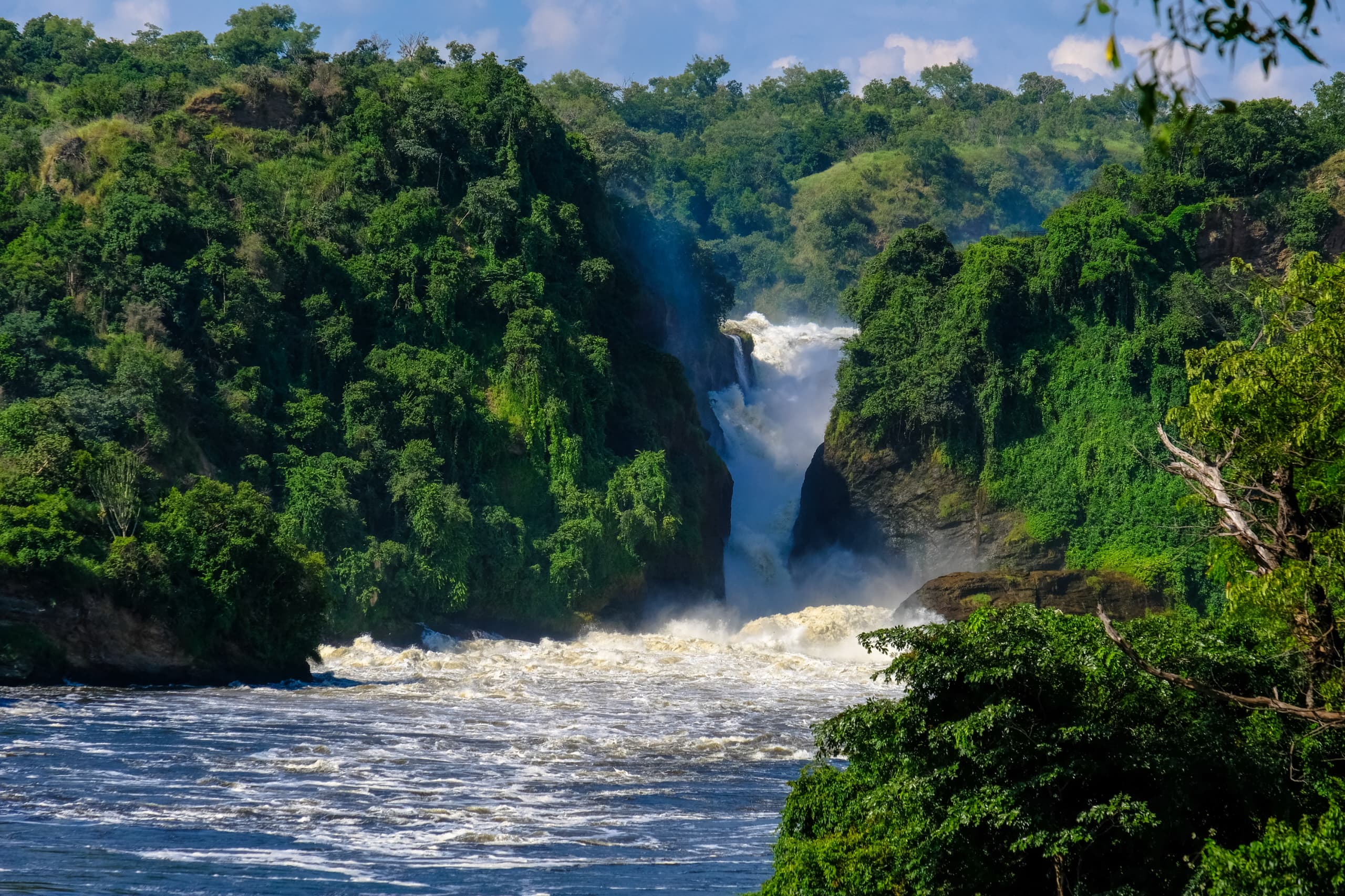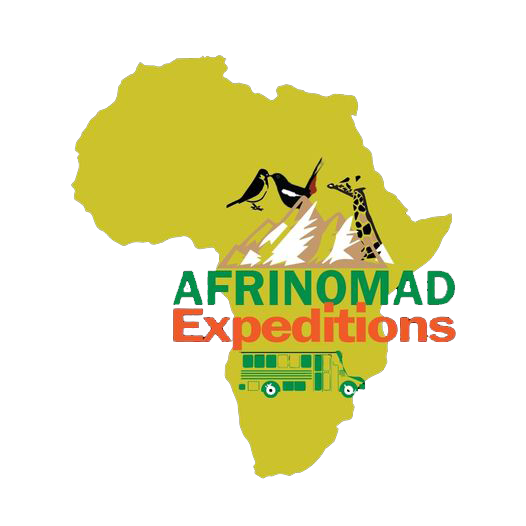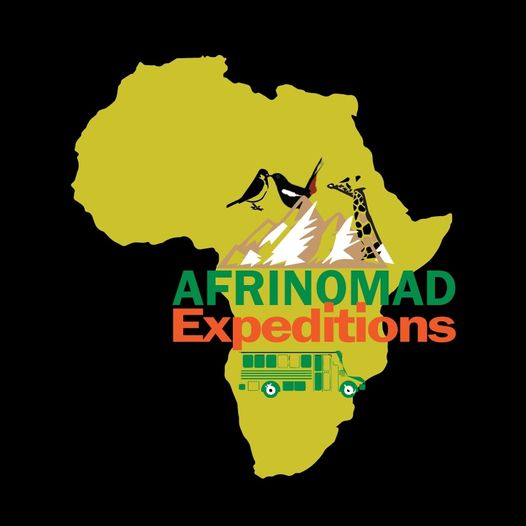(The Primate Capital of the World)
The largest forested park 795km2 in area is best known for the number and variety of resident primates. An impressive list of 16 primate species includes Uganda’s largest population of chimpanzees; an estimated 1450 habituated groups can be tracked with experienced ranger guides at Kanyanchu River Camp.Other notable primates are the nocturnal bush baby and potto (these can be encountered during guided night walks in the forest); the L’Hoest’s monkey (endemic to the Albertine rift region) ; East Africa’s largest population of the threatened red colobus monkey; and Uganda’s only endemic monkey . the Uganda mangabey (Lophocebus ugandae). Kibale is a popular destination for birders. A list of 335 forest, grassland and swamp species include 4 birds endemic to Kibale and a number of Central African ‘specials’ at the eastern limit of their range. These can be sought on the forest trails at Kanyanchu and Sebitoli tourism sites and in the community run Biogodi Wetland Sanctuary on the edge of the park near Kanyanchu.
Kibale National Park is located in western Uganda near Fort Portal. It is a bio diverse tropical rainforest renowned for its rich primate population and ecological significance. Kibale National Park covers approximately 766km2; it is one of the last remaining expanses to contain both lowland and montane forests in East Africa. The park is renowned for its extraordinary primate diversity, housing 13 primate species including over 1,500 chimpanzees, red colobus monkeys, and L’Hoest’s monkeys. Kibale is home to over 120 mammal species, such as forest elephants, bush pigs, and duikers. Bird enthusiasts can explore the park’s avian diversity with approximately 370 bird species recorded, including 23 Albertine Rift endemics. Kibale National Park is inhabited by communities primarily from the Batooro and Bakiga tribes which historically relied on the forest for resources like food and firewood. Kibale National Park offers a range of activities for visitors like chimpanzee tracking, bird watching, nature walks, and cultural tours among others. The park is accessible via road from Kampala, with the nearest major town being Fort Portal, accommodation options range from budget campsites to luxury lodges, catering to various preferences.



